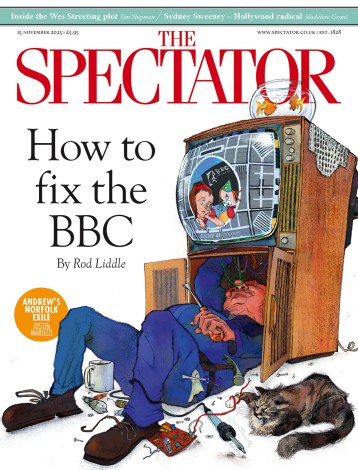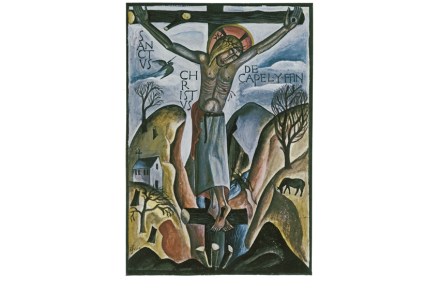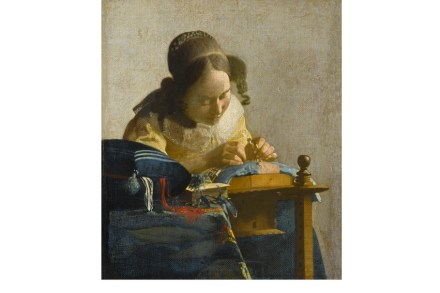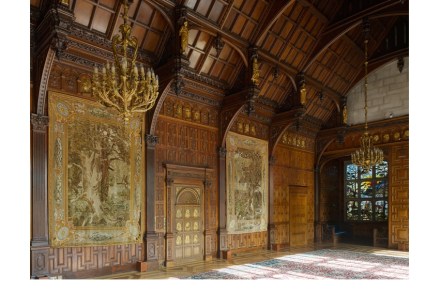Marketing man
ExhibitionsPeople go to exhibitions for different reasons, and although I was highly critical of David Hockney’s recent show at the Royal Academy, I accept that a great many people visited it and came out smiling and uplifted. They tended to be individuals who don’t usually go to exhibitions or look at real painting, and it





























